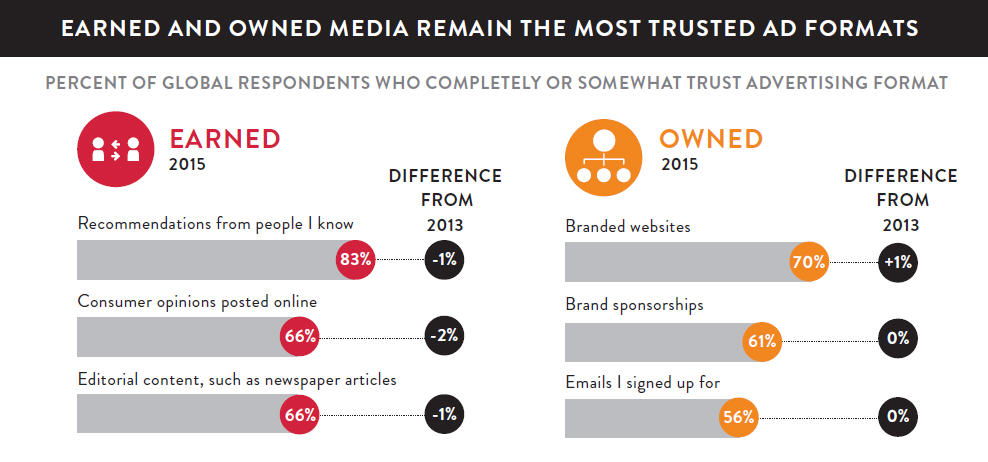Written by Fernando Maciá
Index

User-generated content (UGC) is any type of content created and published by the users of a given website, service, medium, platform, system, etc. Mainly, the term UGC is attributed to publications made by users such as comments in blog posts, videos, images; opinions in e-commerce, posts and comments in social networks or forums, articles in blogs, among many others.
They can have different formats and levels: written or graphic, a small commentary, a video or podcast review, a comprehensive tutorial in a personal blog… to give a few examples. User-generated content is widely used in the marketing field, as it is a very powerful type of content, to which users contribute in a disinterested way and without receiving any kind of remuneration in return. Therefore, this practice has no cost for the brand, business or company that benefits from this promotion.
In addition to free promotion, in today’s Internet era, user-generated content campaigns are also one of the most effective techniques to acquire and retain customers, as word-of-mouth continues to dominate our purchasing and acquisition decisions.
According to IAB (Interactive Advertising Bureau), 80% of all online content is generated by users and consumers.
The Web 2.0 model makes the opinions and social recommendations of our peers the protagonist. Sites such as Booking, TripAdvisor, TopRural, AirBNB or Amazon owe much of their success to the content generated by their users (UGC for User Generated Content) through ratings, comments, opinions, questions and answers, forums, etc.
According to a study conducted by TurnToNetworks, 90% of consumers say that user-generated content influences their purchasing decision. A high percentage of users (81%), moreover, are willing to pay more and wait longer to obtain those products and services that have been blessed by UGC.
The fact is that people trust the content generated by our peers much more than any other advertising model. Just stop and think for a moment and remember the pattern we ourselves follow throughout our own customer journey before making a purchase. We will soon realize that we all search for opinions, reviews or personal experiences regarding a certain product or service, or regarding a certain brand or supplier before purchasing or contracting anything. In this way, we have the added security that we are investing our money in something that is really worthwhile.
UGC builds trust and credibility
According to a Nielsen study, as many as 83% of shoppers say the most credible advertising comes from people they know and say they trust recommendations from friends and family. However, this trust extends beyond our closest circle and 66% of respondents say they also trust online consumer reviews, making them the third most credible advertising format, along with branded channels themselves.

Users, in fact, trust content generated by people like us more than corporate marketing literature. These opinions are perceived as authentic, disinterested and genuine, and increase the credibility of our brand. In many cases, they can be the catalyst needed to facilitate or accelerate the purchase decision.
From a business point of view, user opinions, ratings and comments represent a constant flow of new content at a low cost that will boost our sales.
A company that accepts customer feedback on its website is perceived as being open to criticism and building a genuine relationship with its customers. At the same time, they perceive that their opinion matters, that their comments are valued and their suggestions are taken into account to improve the service or the design of new products.
On the other hand, user-generated content fuels and strengthens engagement of our fans towards the brand, which also earns us extra points, and the occasional new follower. This, in turn, fosters our image as an accessible business that is in constant contact with its customers and takes their wishes and concerns into account.
When are user recommendations, opinions and ratings necessary?
Buyers look for recommendations and opinions from other users, especially when making purchasing decisions:
- Risky: when it exceeds a certain amount, a purchase goes from being impulsive to reflexive. Also when we know nothing about the company behind the sale. The greater the risk of making a bad decision, the more we will seek the opinion of other users to confirm or prevent us from making the right choice.
- With uncertainty: in the travel industry, choosing the right hotel or restaurant when heading to an unknown destination involves a high level of anxiety. Reading the opinions of other users helps us to choose with more confidence.
- Poorly documented: when we have to purchase a product or service that we are not familiar with and for which we find little documentation, the comments and recommendations of previous buyers facilitate the choice.
In all these cases, the need for the opinions of other users can act as an objection and a brake on the purchase decision.
How to incentivize users to generate content
Booking requests user reviews and ratings a few days after any booking. TripAdvisor implements gamification strategies to encourage users to contribute with their ratings of restaurants, hotels or tourist attractions. Amazon also solicits ratings from its suppliers.
In service companies, we can incentivize user reviews by rewarding them in some way, either by implementing, like Trip Advisor, gamification strategies, or with some other incentive: discount coupons, merchandising, priority access to offers, exclusive content, etc.
Having user reviews generates confidence in prospects because it means that some of our customers value their business relationship with our company enough to invest some time in contributing those reviews and comments.
Advantages of UGC as a marketing tactic
In short, User-Generated Content is probably one of the most effective marketing tactics for:
- Promote a brand, business, service…
- Evangelizing and building customer loyalty.
- Generate engagement.
- Increase the confidence of our users.
- And finally, to achieve a higher number of conversions and sales.